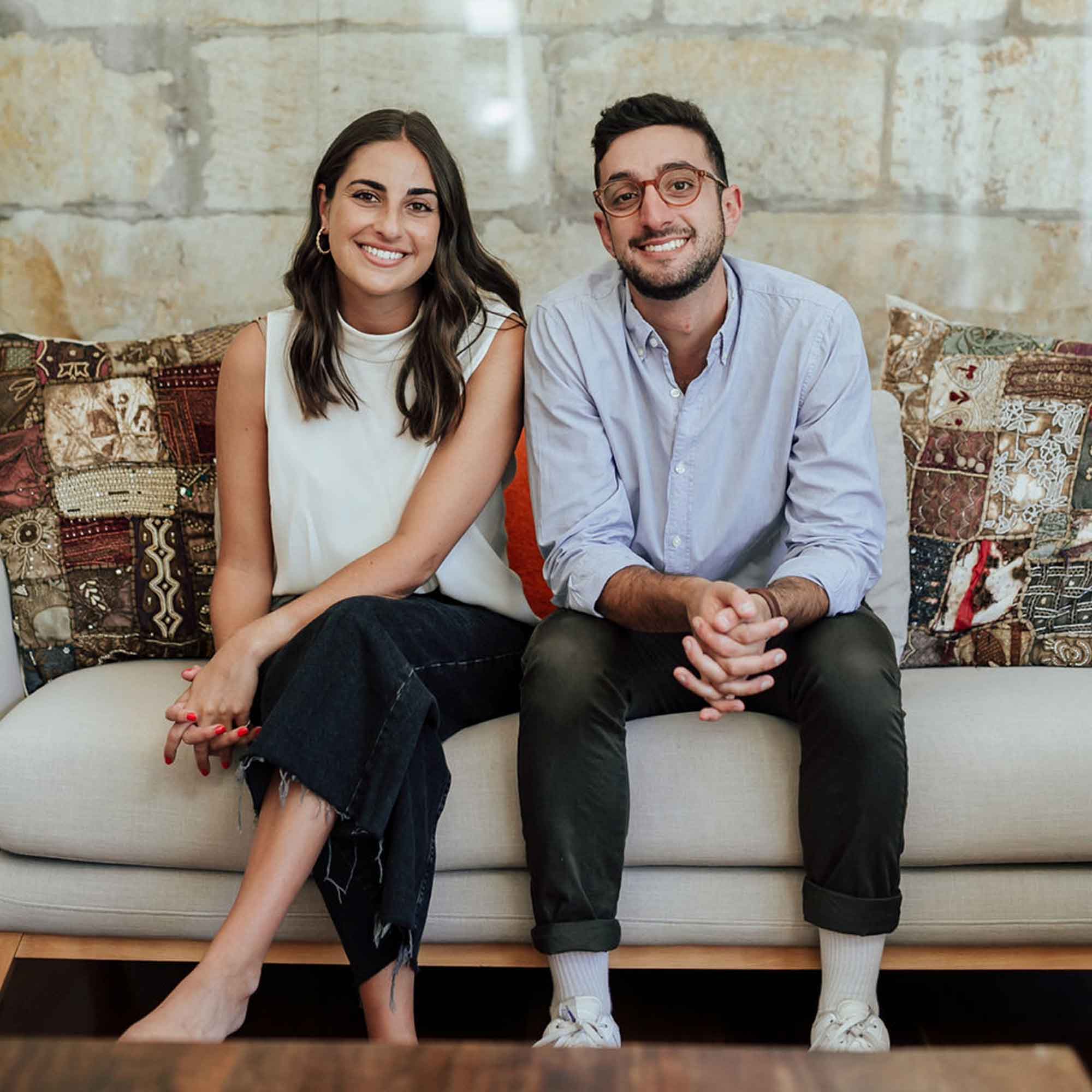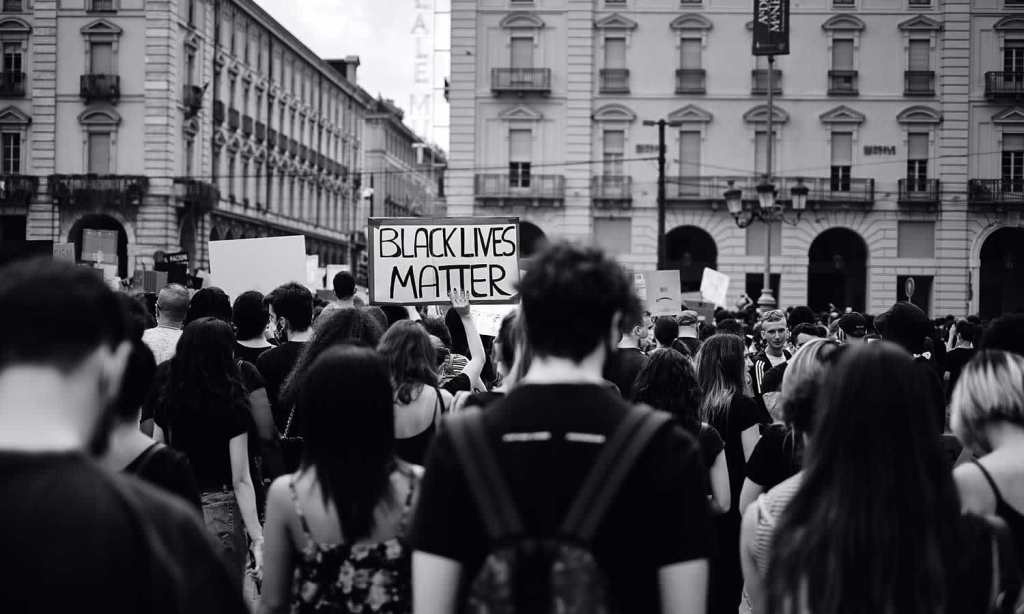With 90k Instagram followers and counting, The Daily Aus is fast becoming one of Australia’s biggest and most reliable sources of news on social media.
With an unwavering mission to deliver objective, digestible and punchy news to time-poor millennials, creators Sam Koslowski and Zara Seidler work to deliver comprehensible carousels that are designed to be read and understood in under a minute.
Delivering a bright aesthetic that complements not interrupts one’s scrolling feed, the duo behind The Daily Aus is proud to have educated and empowered young Australians with the information they need to understand complex political, environmental, economic and social issues.
Looking back on 2020 — their biggest year to date in terms of growth — Koslowski and Seidler recognise four key moments, which they say, provided a shift in the way millennials consumed news.
“We definitely think 2020 offered up a ‘big four’ — the bushfires, COVID-19, Black Lives Matter, and the 2020 US Presidential Election. Those have been the four events that have really galvanised young audiences on social media. And we’re finding that people are going to Instagram for the basic information before they go out to more sophisticated news sources for further reading,” they tell The Latch.
We sat down with Koslowski and Seidler to discover more about Australia’s evolving habits around news consumption, and to find out about their vision for the future.
The Latch: How do you think patterns of news consumption has changed since Instagram became a dominating platform for Millennials?
The Daily Aus: Instagram is a dominant platform for Millennials and Gen Z, but not for news. The news revolution on Instagram is in its early stages, and we’re one of the first serious players in Australia. It’s really exciting but scary! As recently as last week, the patterns of news consumption have shifted significantly — with the (temporary) block of news on Facebook, young people quickly turned to Instagram to look for news.
Ultimately, we think readers are more open to the ‘important’ stories being picked for them, and they use social media to tick a box that they’ve read the news. It’s less about flicking through 30 pages of a newspaper, and more about seeing a key headline amongst the noise of a social media feed. That’s where we have come in — we recognised this changing pattern of news consumption, and tried to bring journalistic quality and values into that arena.
TL: When do you feel like the world shifted from traditional news media to accept social news media?
TDA: We definitely think 2020 offered up a ‘big four’ — the bushfires, COVID-19, Black Lives Matter, and the 2020 US Presidential Election. Those have been the four events that have really galvanised young audiences on social media. And we’re finding that people are going to Instagram for the basic information before they go out to more sophisticated news sources for further reading.
Our growth has told us that there is a real appetite for news targeted at young people that recognises the seriousness of news, particularly in 2020, but still approaches it in a kind way. A good example would be when Australia was declared to be in a recession, the first question we answered for readers was ‘what does it mean to be in a recession?’
View this post on Instagram
TL: What is the mission of The Daily Aus, and how do you hope to educate your followers for a better future?
TDA: Our mission is very simple; get young people to read the news by meeting them where they’re at. That’s why we’re a social-first news outlet — we’re not trying to take readers off Instagram or disrupt their social habits, we’re just trying to make sure they get some reliable, trustworthy information on their social travels.
TL: Why is it important to equip social media uses with real news?
TDA: Because they’re real people! Our personalities don’t — or shouldn’t — totally shift when we jump online and make a social media profile. Just as most young people we interact with in the real world care about the world around them (whether it be the environment, economic inequality, gender, health, racism, mental wellbeing or human rights), they really want to be given real news on social media to match their consumption in the real world.
Light news is good to read when you want to switch off, so there’s always going to be a place for that type of content on social media. But the real news has always followed where people are — whether it be a town square notice board, the early days of the printing press, and right now, that place is social media.

TL: What has it been like to see your platform grow so significantly in the past year?
TDA: It’s reaffirmed our belief that young people are information hungry, politically engaged news consumers who have been underestimated by traditional news players. We’ve been really delighted to see our readership exponentially grow over the past year, at a time when factual information and editorial integrity is more important than ever.
TL: What is the responsibility like, influencing such a massive cohort via social media?
TDA: We take the responsibility extremely seriously. In saying that, the integrity of our offering isn’t impacted by our following. We’ve been doing this every day for four years, and have applied the same level of scrutiny to a post for 100 people as one for 88,000 people.
“Factual information and editorial integrity is more important than ever.”
TL: What does The Daily Aus’ future look like?
TDA: We’re aiming to build Australia’s first social-first newsroom, and have a team of talented young journos around us. We’ve already kicked off that process and it’s wonderful to see our team grow. More imminently, we will be expanding our newsletter and podcast offering to explore new mediums and methods of engagement.
Follow The Daily Aus on Instagram for your in-feed news and socio-political explainers and tune into The Daily Aus podcast.
Read more stories from The Latch and subscribe to our email newsletter.







